The Battle Against Knock – Blog Post #2: How Combustion Works – and How Knock Hijacks It
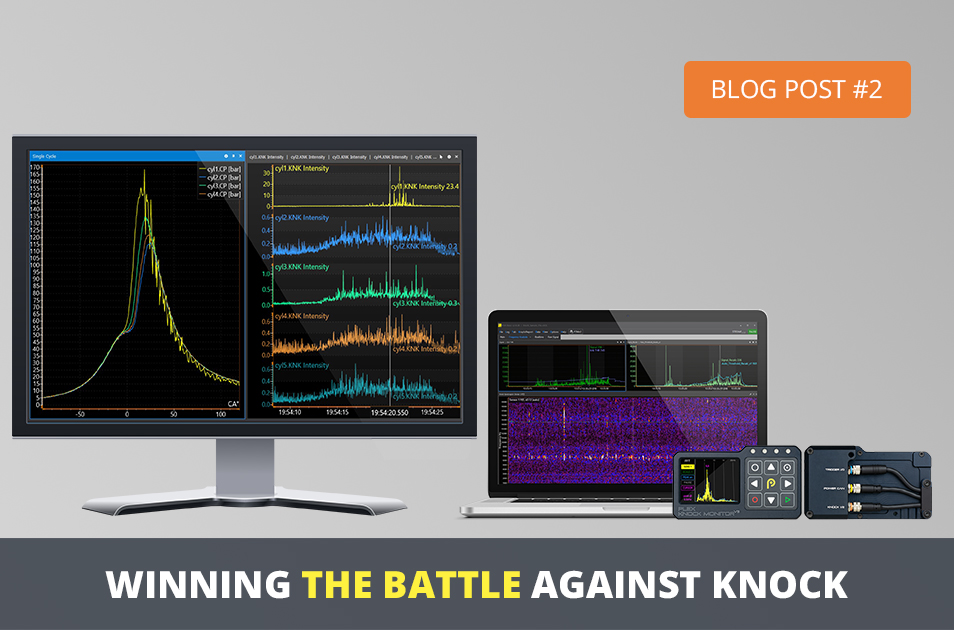
Blog Article #2: How Combustion Works — and How Knock Hijacks It
In the first article of our series, we explored how knock acts as a silent yet powerful adversary in high-performance engines. Now, we turn our focus to where it all begins: inside the combustion chamber. To truly understand knock — and how to control or prevent it — we must first understand the principles of normal combustion, because only by mastering what should happen inside the cylinder can we recognize when things start to go wrong.
This second post lays the groundwork for everything that follows, diving into the physics and thermodynamics of combustion, the influence of flame speed and turbulence, and how seemingly small changes in pressure, temperature, or air-fuel ratio can push a stable burn into chaotic knock.
What You’ll Learn in this Post:
-
- How pro-tuners detect hidden knock using advanced monitoring tools
The Blueprint of Normal Combustion
Every internal combustion engine operates on a carefully tuned chain of events. Combustion isn’t just a spark and a bang; it’s a controlled process where fuel and air are converted into usable mechanical power. Over decades, this process has been optimized to be fast, predictable, and efficient.
Here’s how an Ideal Combustion Event Unfolds:
1. Compression Stroke
The piston compresses a homogeneous air-fuel mixture, raising both pressure and temperature.
2. Spark Ignition
Approaching Top Dead Center (TDC) at the correct crank angle, the spark plug ignites the mixture.
3. Flame Front Propagation
A flame front expands outward from the spark, smoothly consuming the mixture.
The Science Behind Flame Speed
To optimize power and efficiency, flame speed must be fast — but controlled. If combustion is too slow, a significant portion of the mixture burns late, reducing effective torque. If it’s too fast or uncontrolled, as in knock, destructive pressure spikes occur.
In combustion science:
Laminar flame speed in a non-turbulent environment is around 30-40 m/s.
Real engines generate turbulence, pushing flame speeds up to 50-100 m/s to ensure complete combustion within milliseconds.
Turbulence is intentionally engineered into combustion chamber and intake designs to prevent unburned “pockets” of air-fuel mixture — the very pockets that become knock-prone under certain conditions.
Swirl and tumble are both types of air motion inside an engine’s combustion chamber. They help mix the air and fuel better, leading to more efficient and cleaner combustion reducing knock probability.
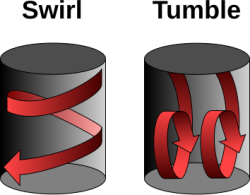
Source: Wikipedia
When Combustion Goes Abnormal
While ideal combustion is smooth and controlled, certain conditions disrupt the process. Here’s where abnormal combustion events, such as pre-ignition and knock, start to appear.
PRE-IGNITION
Pre-ignition occurs before the spark plug even fires, often caused by unintended ignition sources like:
- Overheated spark plug electrodes
- Glowing carbon deposits on the piston crown
- Sharp, hot edges in the combustion chamber
- Oil droplets
Pre-ignition tends to result in high pressure building while the piston is still on its upward stroke, placing enormous mechanical stress on the engine.
“Unlike knock, which occurs after the spark and during the normal combustion phase, pre-ignition disrupts the entire timing sequence — often leading to immediate and severe damage such as broken pistons, melted spark plugs, or even holes in the piston crown.”
KNOCK
Knock occurs after the spark plug fires. It happens when the unburned end-gas ahead of the flame front auto-ignites under high pressure and high temperature conditions.
This produces sharp, localized explosions, leading to high-frequency shockwaves — commonly detected between 5-15 kHz — which damage the piston crown, cylinder head, and bearings over time.
Key Differences: Normal Combustion vs. Knock
| Parameter | Normal Combustion | Knock |
|---|---|---|
| Flame Speed | 10-100 m/s (turbulent) | >500 m/s at localized regions |
| Pressure rise rate | < 100 bar/ms | >200 bar/ms |
| Peak cylinder pressure | Smooth curve post-TDC | Early, uncontrolled spike |
What Pushes Combustion Into Knock?
Now that we understand the symptoms, let’s look at the root causes. Knock is driven by thermodynamic and environmental factors that push the end-gas toward auto-ignition.
High Boost Pressure
Turbocharging and supercharging increase the mass of air entering the cylinder. While this boosts power, it also raises in-cylinder pressures dramatically. As pressure rises, so does the compression temperature of the end-gas, making it more likely to reach its auto-ignition threshold — typically around 250-280°C for gasoline.
Elevated Intake Air Temperatures (IAT)
Hot intake air reduces charge density and knock resistance. In turbocharged applications, post-intercooler temperatures above 50-60°C significantly increase knock probability, especially under sustained load or heat-soaked conditions.
Lean Air-Fuel Mixtures
Operating an engine with an air-fuel ratio near or above λ = 1.0 (stoichiometric) can elevate combustion chamber temperatures, placing additional thermal stress on the end-gas. Under boost, this creates a knock-prone environment.
“Combined, these factors create a volatile in-cylinder environment where even small calibration errors or marginal fuel quality can trigger knocking — especially in modern high-output engines operating close to their limits.”
Modern Engine Vulnerabilities
Modern engines, while efficient, often leave less headroom for error. The push for tighter combustion control and reduced emissions makes contemporary engines more susceptible to knock under certain operating conditions.
Turbocharged Engines
These engines experience elevated pressures even under moderate loads. Higher factory-set compression ratios in turbocharged platforms (e.g., 10.5:1 to 11:1) amplify the tendency for knocking, especially when combined with aftermarket tuning.
Gasoline Direct Injection (GDI)
GDI systems inject fuel directly into the combustion chamber, improving part-load efficiency and reducing knock under light loads. However:
- under full-load, the stratification of fuel can create localized lean zones.
- these pockets may become thermally stressed and ignite prematurely, leading to knock.
Theoretical Example: Unseen Knock in a Street-Tuned Turbo Engine
On paper, everything checks out: no knock events appear in the ECU logs, ignition timing remains stable, and the tune looks safe.
But during extended pulls at high intake temperatures (post-intercooler IAT ~60°C), an external knock monitor picks up consistent knock activity in the 4200–5200 RPM range during mid-throttle transitions. The ECU’s onboard system never flags it — not because it lacks detection capability, but because its filtering and thresholds were not ideally configured for this particular engine’s acoustic environment and hardware modifications.
This is a common challenge: while embedded ECU knock control systems are quite advanced, they often require extensive manual calibration (frequency filtering, gain settings, windowing, etc.) to match the specific engine and noise profile — something that’s not always fully optimized in real-world tuning workflows.
The ECU configuration software typically lacks the more advanced tools for frequency analysis and post processing that are needed for validating the knock detection function.
With the help of the external monitor, the tuner revises the map:
- Slightly retards timing in the affected zone.
- Enriches the mixture under high-IAT conditions.
The end result is a more resilient tune with no knock under load — and no power loss.
The Detection Challenge
Even with expert-level understanding of combustion dynamics, knock can be elusive. Engines with modified components — such as forged pistons or solid-lifter valvetrains — generate mechanical noise that can obscure ECU knock signals.
Some of the features that modern ECUs employ to improve the knock detection performance are:
– Frequency-specific filtering tailored to bore size and engine architecture.
– Crank-trigger synchronization with crank-angle-based knock windowing to isolate detection to the critical combustion phase.
– Per-cylinder monitoring, which helps distinguish isolated knock events in multi-cylinder setups.
ECUs require detailed calibration to ensure that the knock control system will be able to detect and control knock and prevent engine damage. To be able to calibrate the system a reference instrument has to be used so that the ECU indicated knock values are validated.
Such tools — in order of capability and performance — include:
Audio-Based Knock Detection
The human ear can detect knock in some cases, but this method lacks precision. It provides no data on knock intensity, cylinder location, or frequency of events, and becomes unreliable in noisy or high-performance engine setups. Without logging, it cannot support ECU calibration or tuning refinement.
Dedicated Knock Monitoring Systems
A tool like the PLEX Knock Monitor V3, with its real-time signal processing, logging, and advanced analysis features, can accurately detect and evaluate knock, even in noisy or high-load engines, helping validate ECU calibration and refine tuning strategies. Such tools offer versatility and are specifically designed for rigorous use on dynos.
In-Cylinder Pressure Analysis Systems
A system like the PLEX PCA-2000+ is the gold-standard reference tool for calibrating ECU knock detection systems. It captures high-resolution pressure traces directly from the combustion chamber and is the preferred solution for OEMs and elite motorsport programs where maximum precision and data depth are required.
Choosing the right detection approach depends on the engine’s application, development stage, and tuning environment. While audio methods offer a basic entry point, dedicated monitoring systems and pressure analysis tools provide the resolution, repeatability, and data granularity required for high-accuracy calibration. As engines become more advanced — and the margin for error narrower — accurate knock detection is no longer optional. It’s a fundamental requirement for building power safely and confidently.
Conclusion
Combustion is where power, efficiency, and durability are forged — but also where problems like knock begin to take root. The difference between average tuning and high-level calibration lies in understanding these processes not just intuitively, but analytically. By grounding decisions in combustion science and validated data, professional tuners can build reliable performance with precision and repeatability — not guesswork. The deeper your understanding, the more confidently you can push the limits.
Coming Next: The Causes Behind Knock — How Fuel, Engine Design, and Tuning Decisions Influence Knock
In the next article, we will explore the deeper causes behind knock and how tuners can mitigate them effectively through calibration and hardware choices.

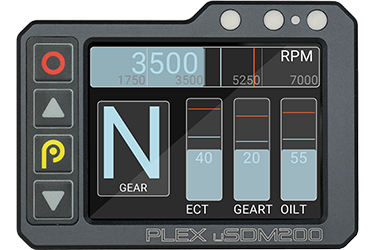
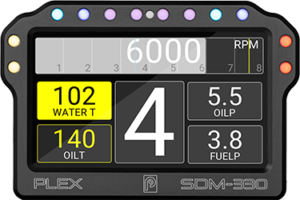
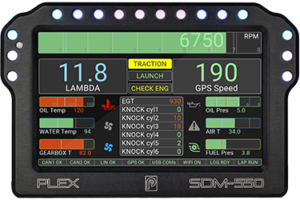
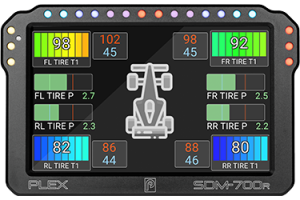
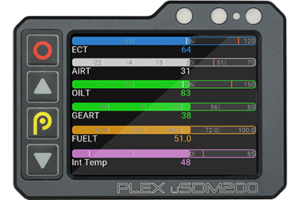
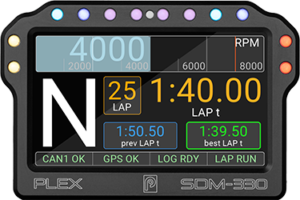
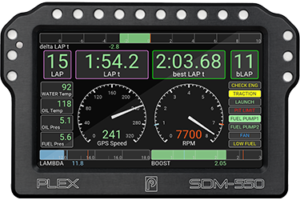
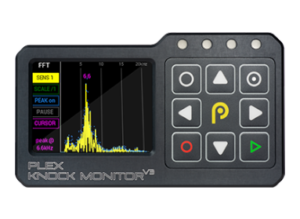
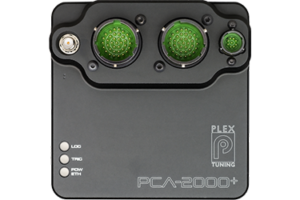
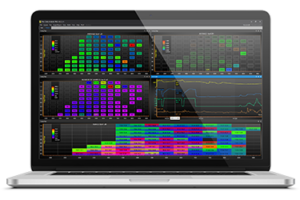
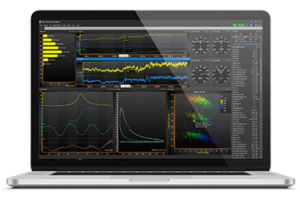
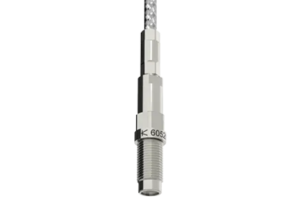
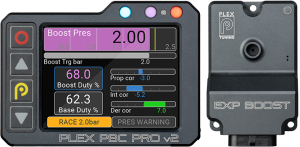

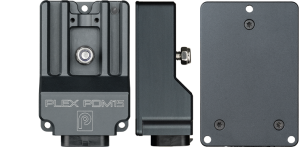
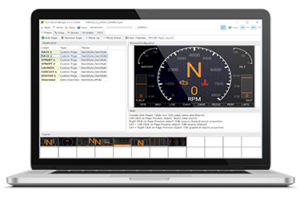
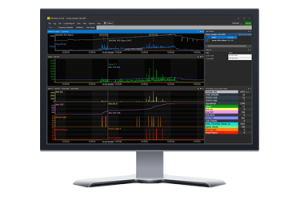
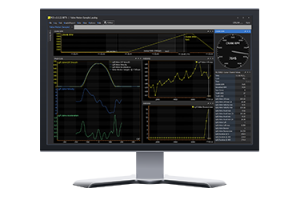
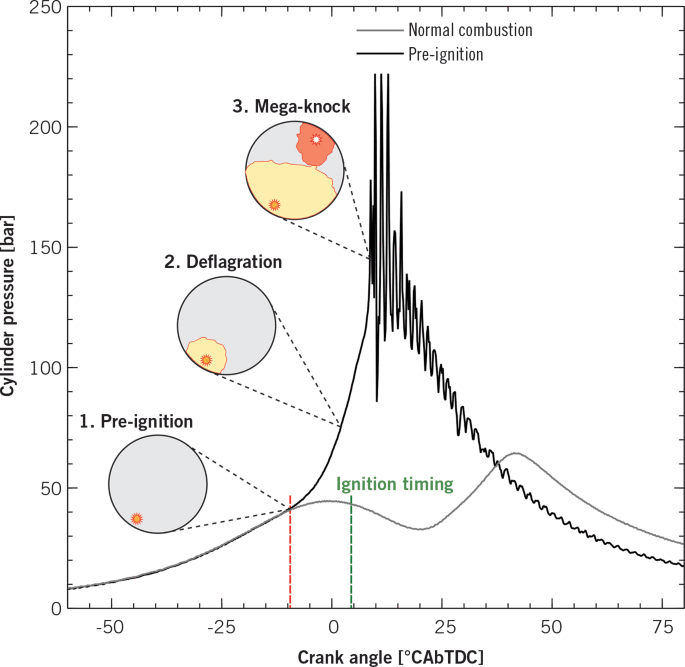
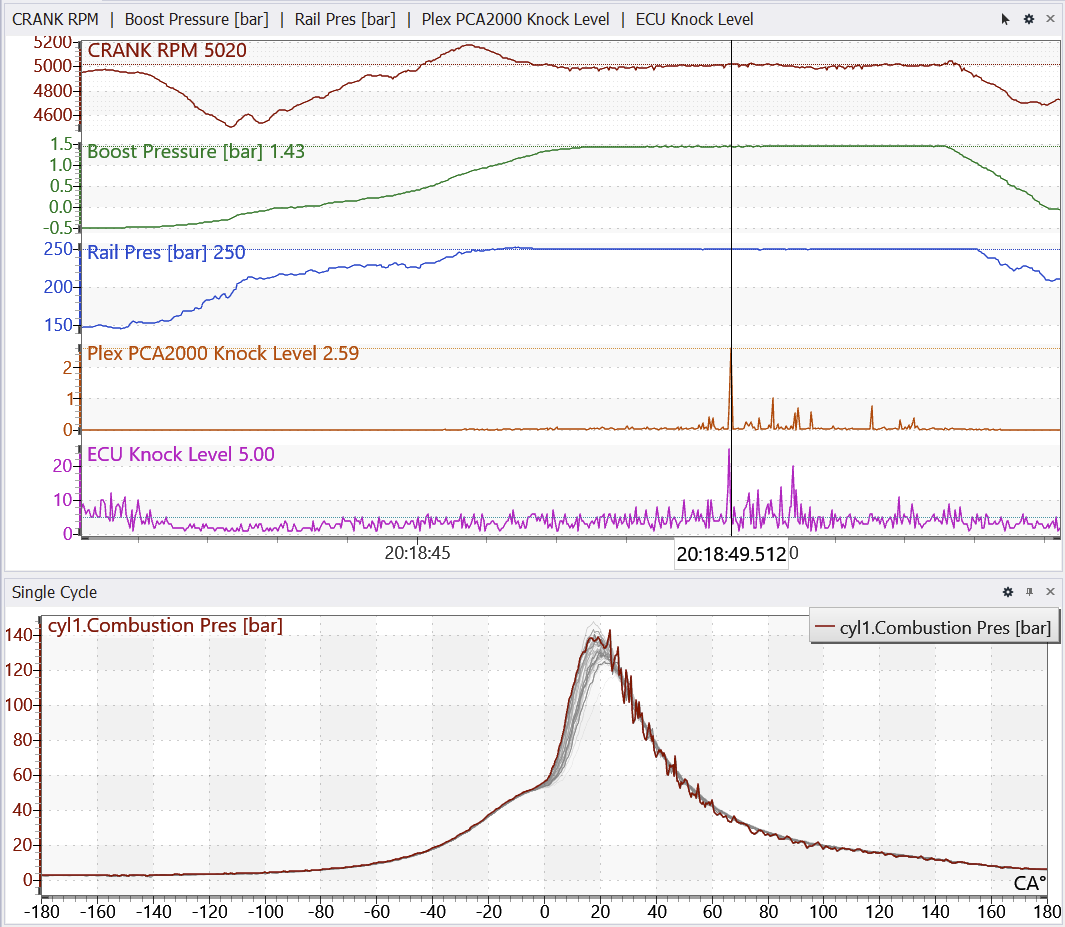
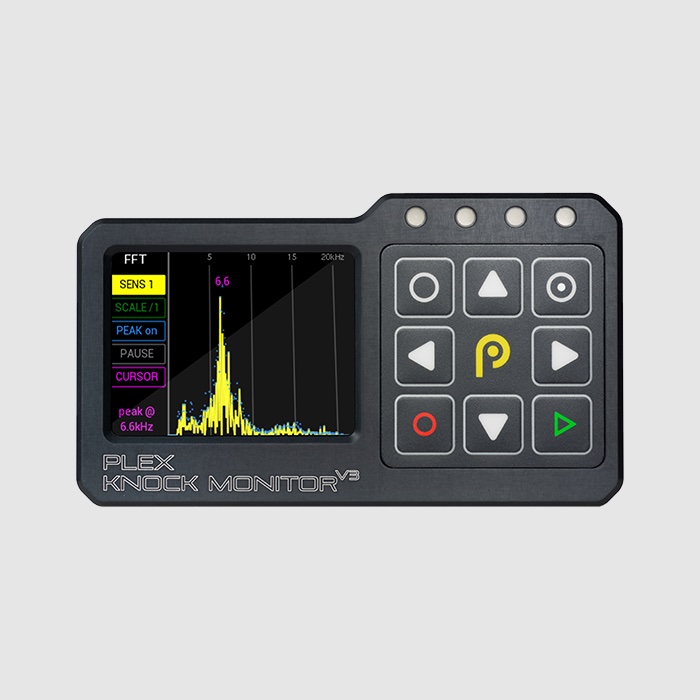
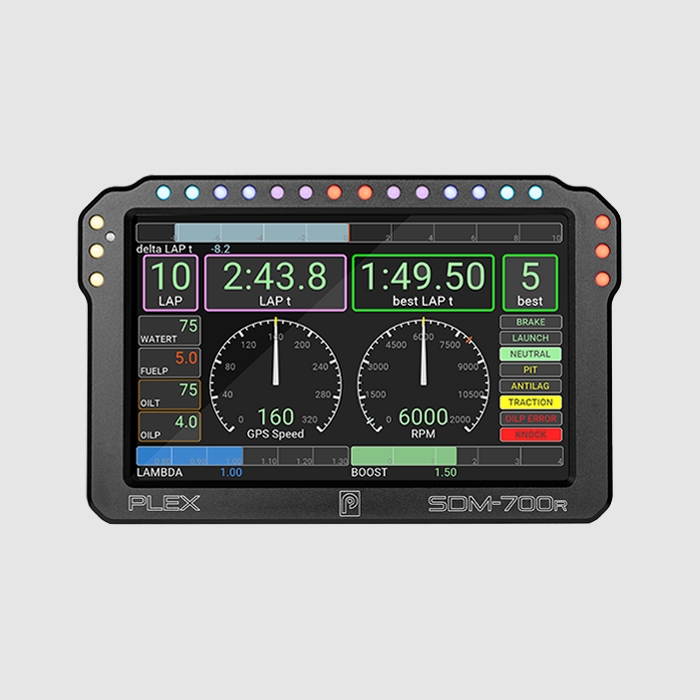
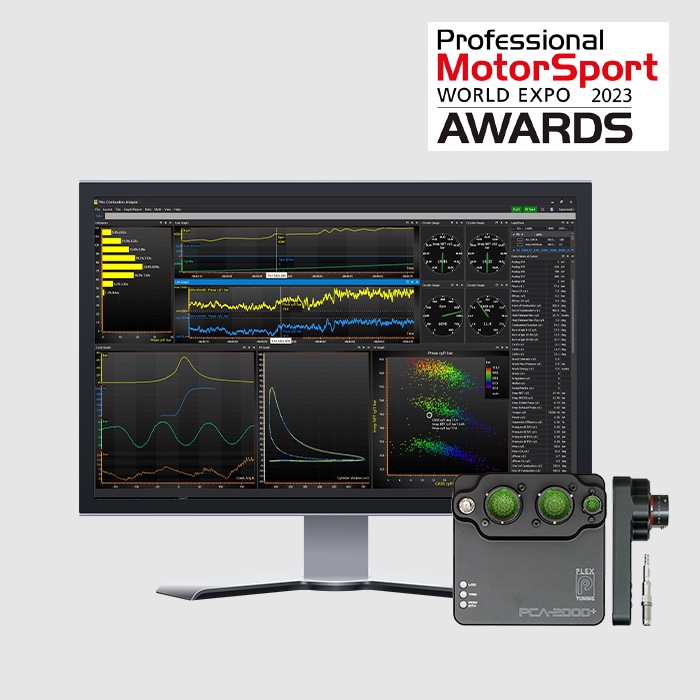
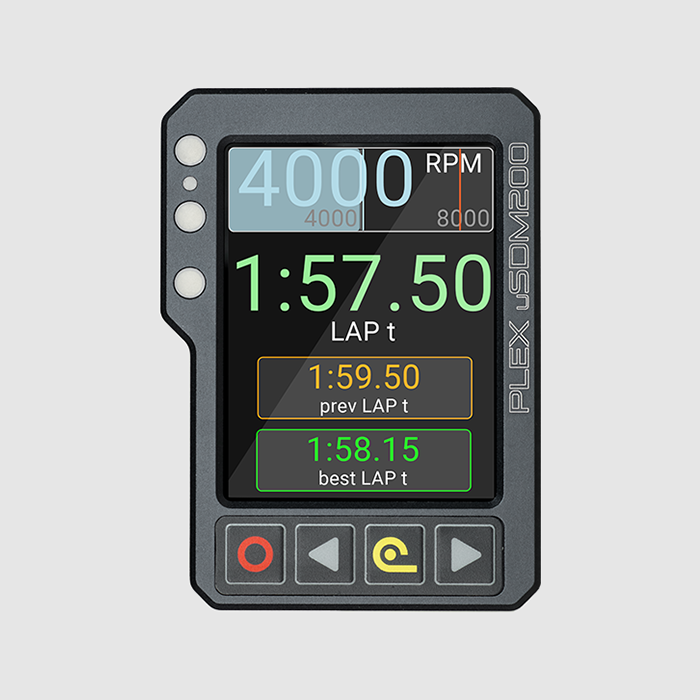
 2.8” uSDM-200
2.8” uSDM-200 4.3” SDM-330
4.3” SDM-330 5” SDM-550
5” SDM-550 7” SDM-700R
7” SDM-700R uSDM-200-DL/G
uSDM-200-DL/G SDM-330-DL/G
SDM-330-DL/G SDM-550
SDM-550 SDM-700R
SDM-700R Knock Monitor V3
Knock Monitor V3 PCA-2000Plus
PCA-2000Plus PLEX KNOCK MONITOR V3
PLEX KNOCK MONITOR V3 PLEX PCA-2000Plus
PLEX PCA-2000Plus Device Configuration SW
Device Configuration SW PCA-2000Plus System
PCA-2000Plus System PCA-WIN 2.0 SW
PCA-WIN 2.0 SW Pressure Sensors
Pressure Sensors PLEX PBC v2 KIT
PLEX PBC v2 KIT PLEX EXP-Boost
PLEX EXP-Boost PLEX PDA-WIN 2.0 SW
PLEX PDA-WIN 2.0 SW PLEX PDA-WIN PRO 2.0 SW
PLEX PDA-WIN PRO 2.0 SW Combustion Analysis SW
Combustion Analysis SW